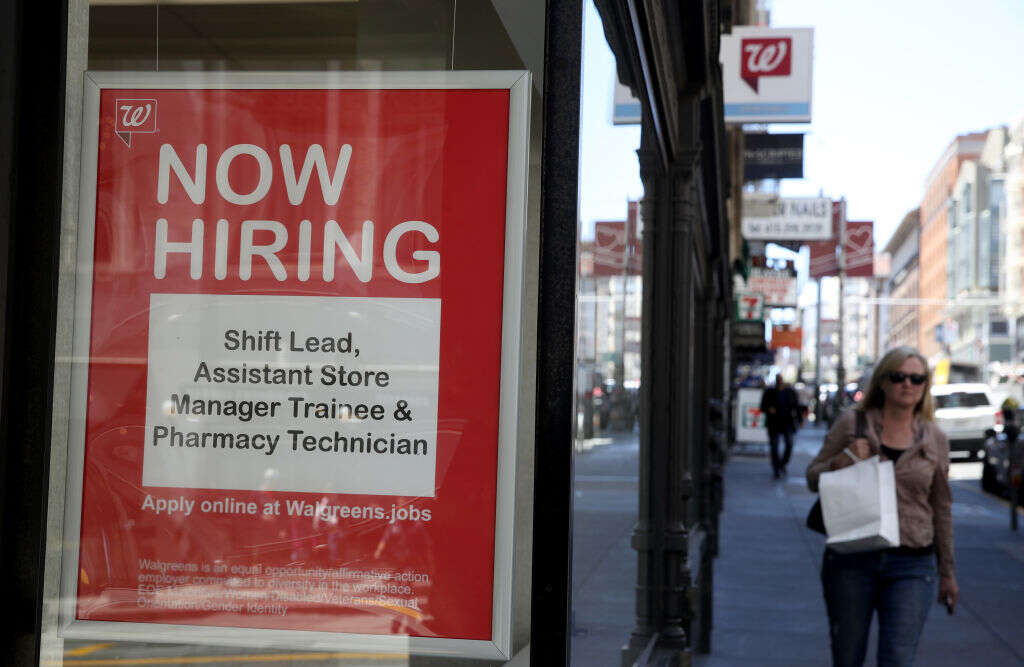

Shifts in industry or sector employment can present a wide variety of challenges for local government officials working to ensure decent standards of living for all residents. Downward shifts in certain employment sectors can affect all aspects of a city’s well-being. At the same time, upward employment trends within high-paying fields can mean lower-income residents struggle to continue to afford skyrocketing costs of living.
Covid-19 has highlighted many of these circumstances, from the deepening divide between high- and low-income workers to citywide dependencies on industries like tourism.
In an attempt to shine light on some of these employment-related challenges, City Monitor has compiled US metro area-level employment data into a comparison tool. This tool allows you to compare industry-specific employment trends within a single metro area to better understand how they might be affecting a given city.
What we did
In the process of reporting a story about how lower-wage service workers are being affected by the work-from-home tech industry shift, we pulled Bureau of Labor Statistics data for the San Jose, California, metro area to see how information industry employment has grown in comparison with accommodations and food service industry employment.

The data shows the history of the tech boom in San Jose, with an initial Y2K bump in employment in 2000 followed by steady growth and another tech job boom in 2016 and 2017, at which point the information industry outpaced the accommodation and food service industry in terms of total jobs.
As City Monitor’s Camille Squires points out in her original article, industry employment trends like these are important because they illustrate changing dynamics in cities. Large and rapid injections of higher-wage workers can throw housing, transportation and other systems out of balance, making cities less accessible to vast subsets of the population.
Focus on this issue has sharpened during Covid as many high-wage tech and professional services employees have traded in the office building for the home office, reducing the need for lower-wage service workers who cleaned those buildings or provided coffees and lunches to staff such as app developers and attorneys.

Industry trends can also signal steady and gradual declines in overall employment, a specific concern for cities built firmly around those fields. Such is the case with Detroit, a city built on the back of auto manufacturing. The decline of the auto industry that began in the early 2000s and intensified during the onset of the Great Recession cascaded through the entire local economy and was a large contributor to Detroit filing for bankruptcy in 2013.
Regardless of the industry in question, sector shifts can create a wide array of challenges for residents and city officials.
How to use this tool
Use this tool to see how industry-specific employment numbers in US metro areas have changed over time and to compare employment change across sectors or industries.
First, choose a US metro area. You can either select from the list or start typing a metro area in the text box. Next, choose two industry sectors you want to compare. Note that not all industries are available for all metro areas, and certain sectors don’t have employment data that goes back to 1990.
There are 11 metropolitan statistical areas (MSAs) in the US that are large enough to be broken down into metropolitan divisions. Both the MSAs and their metropolitan divisions are included in the list of metro areas.
To examine more recent trends in industry-specific employment, click the “Show only last two years” toggle.






